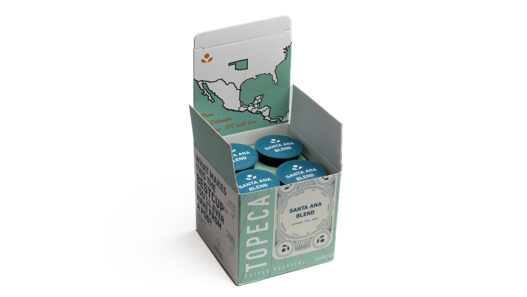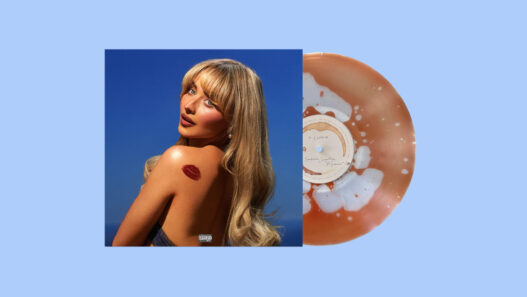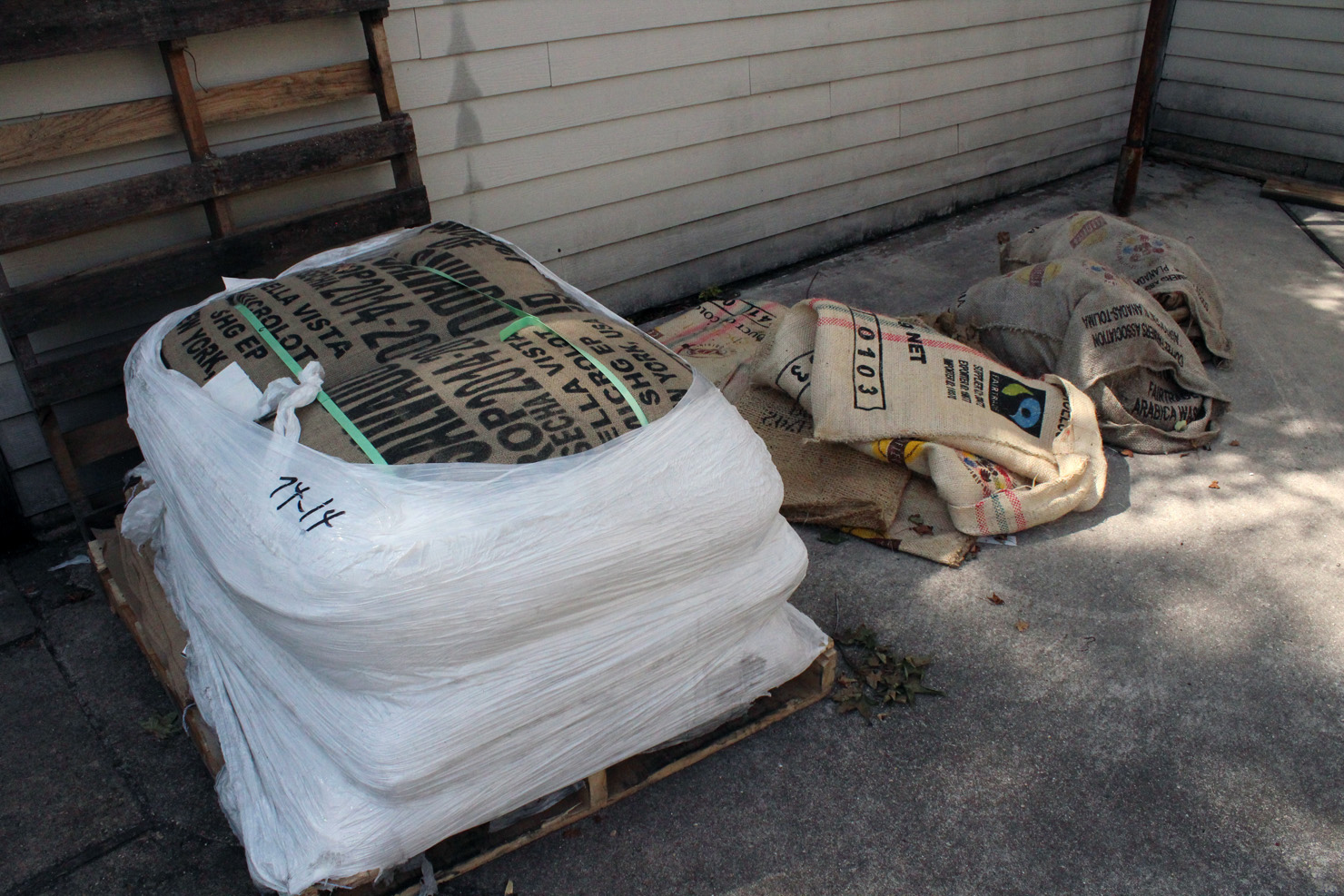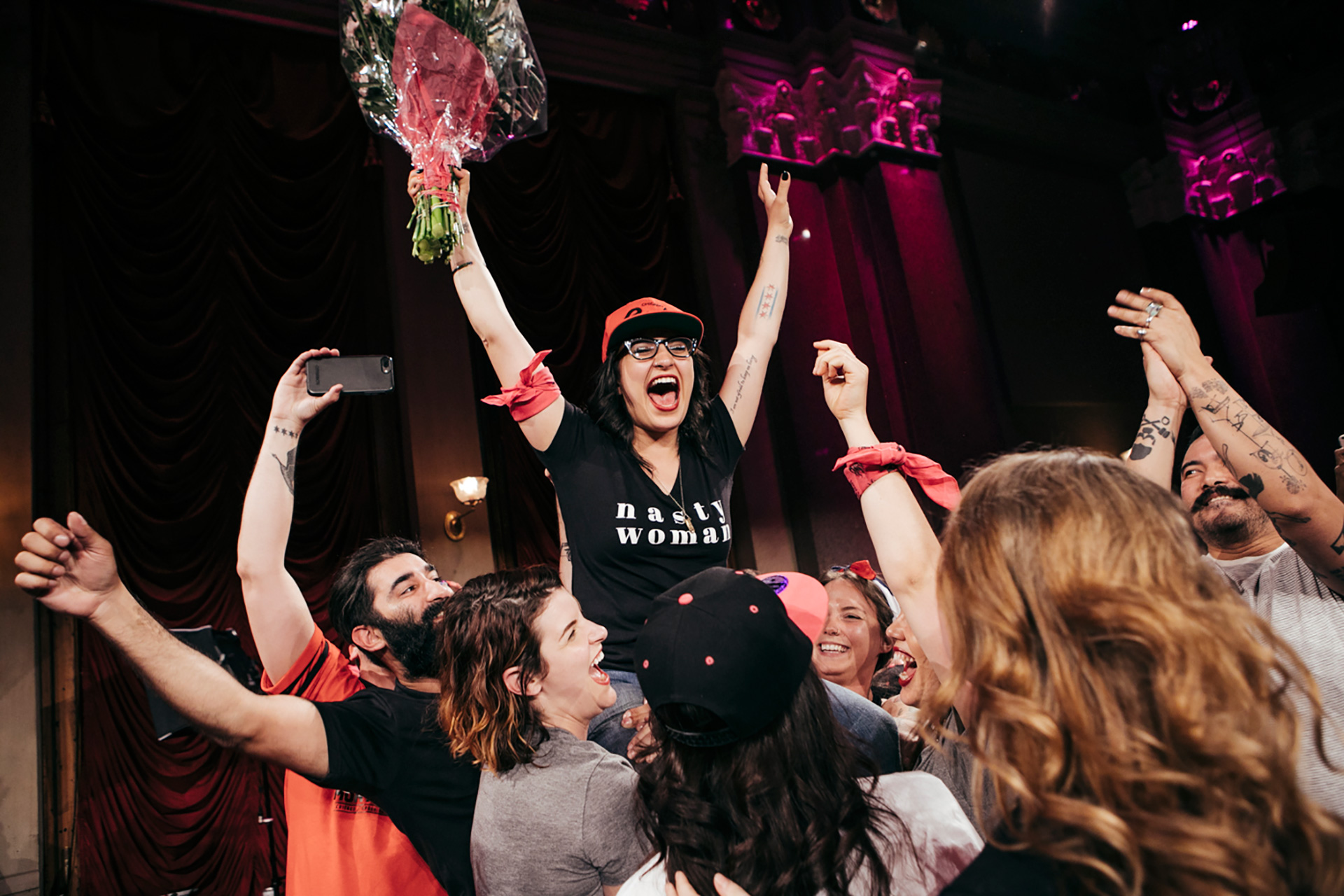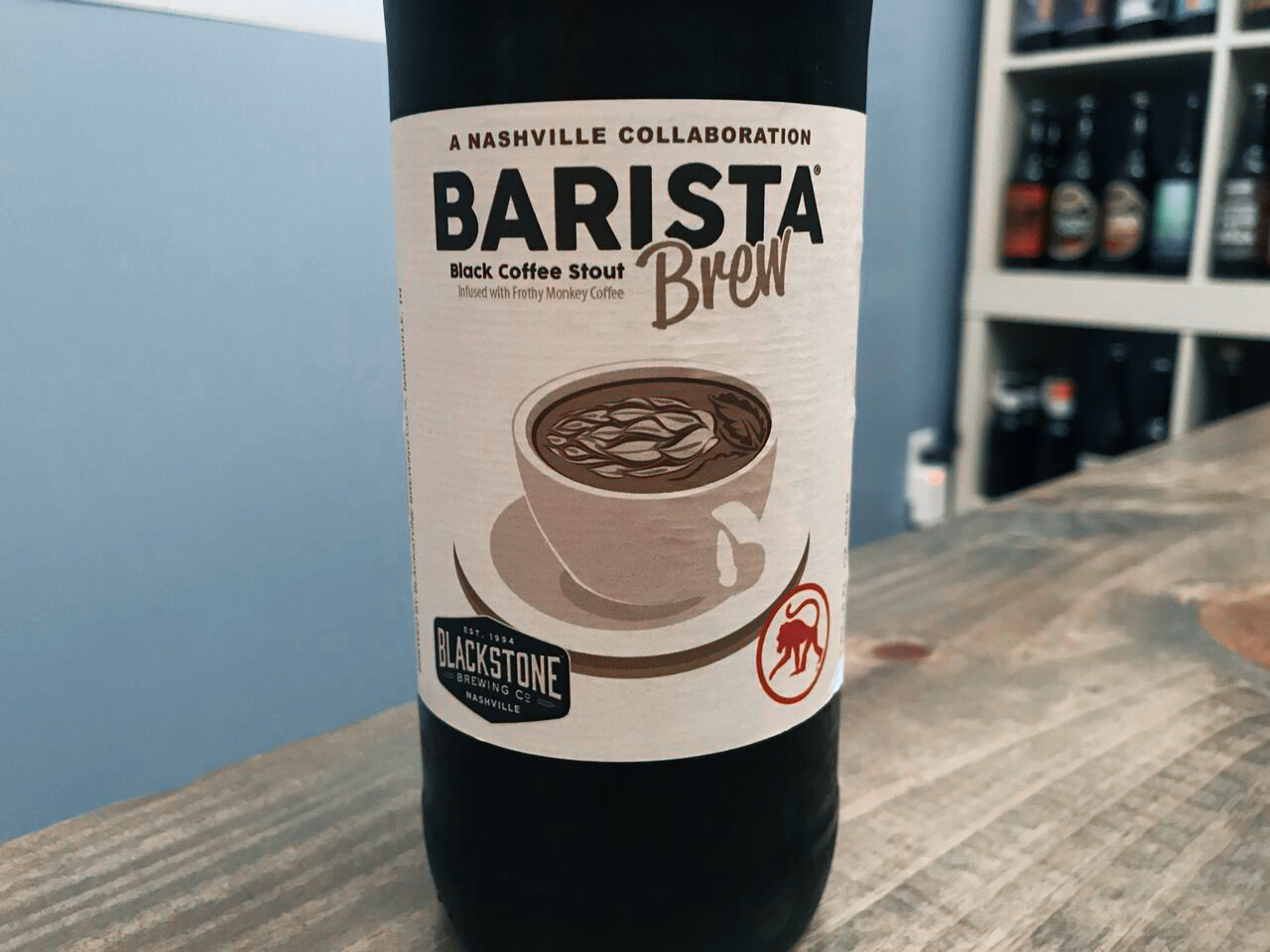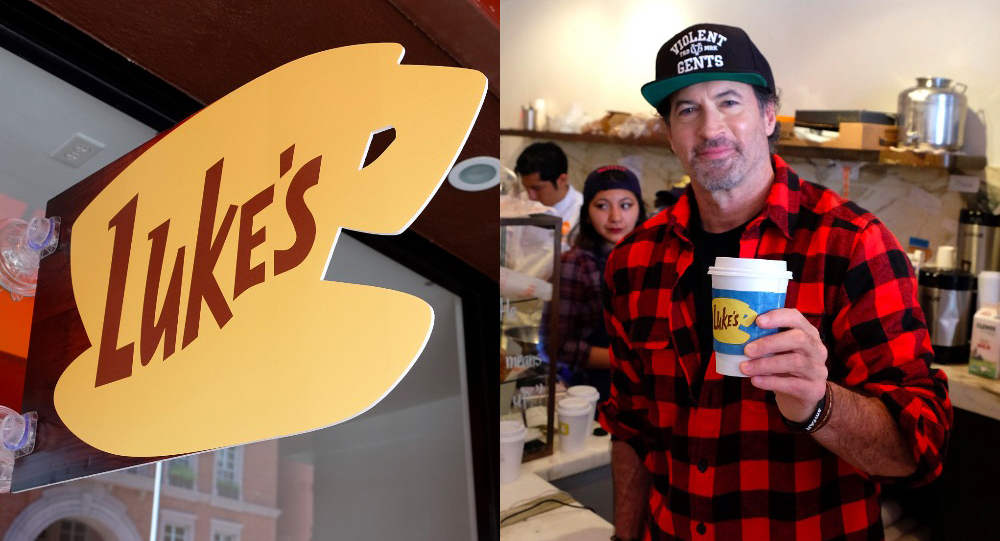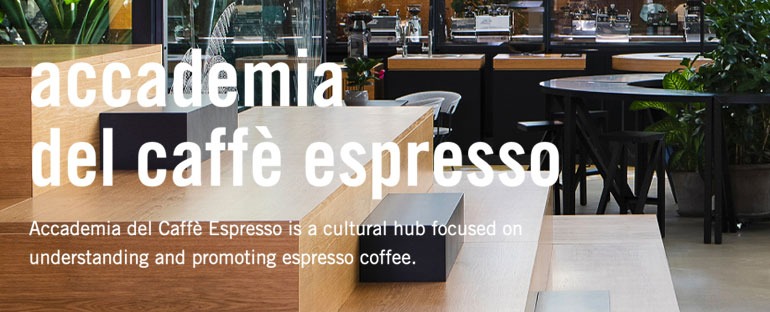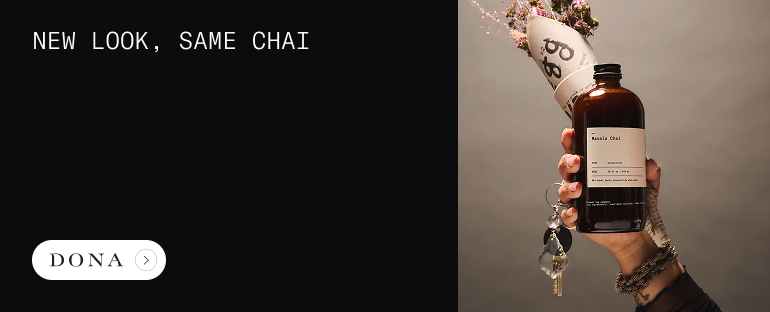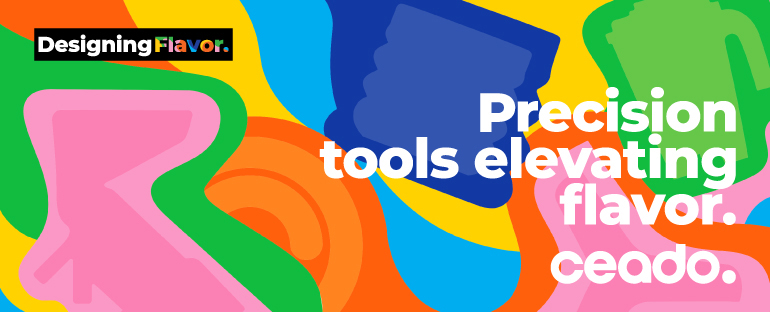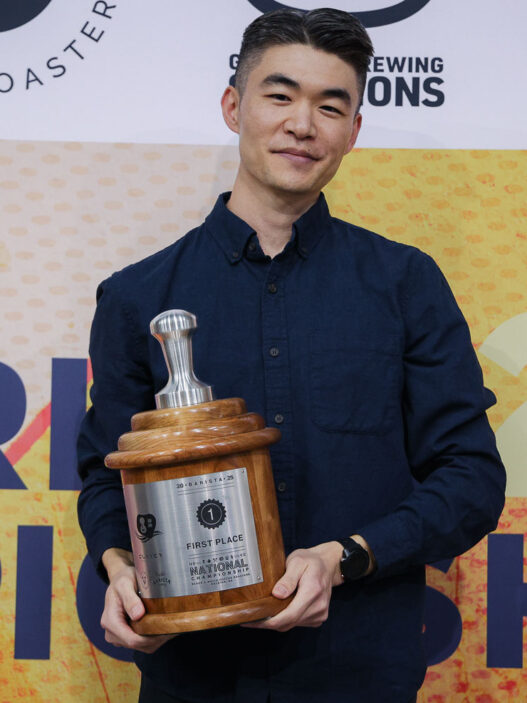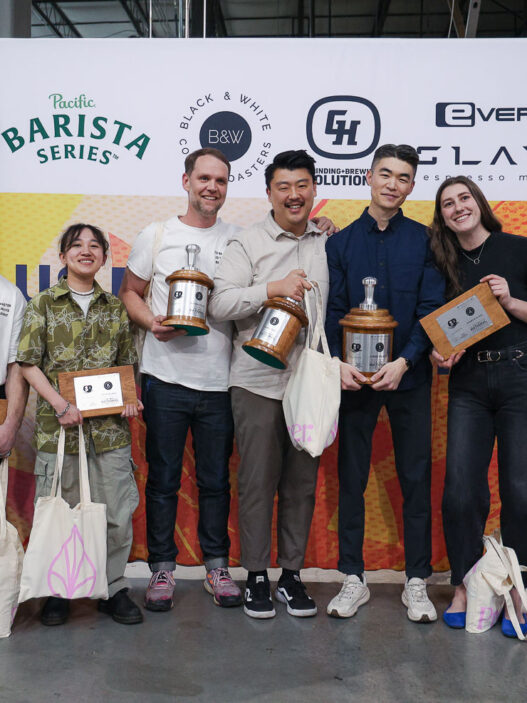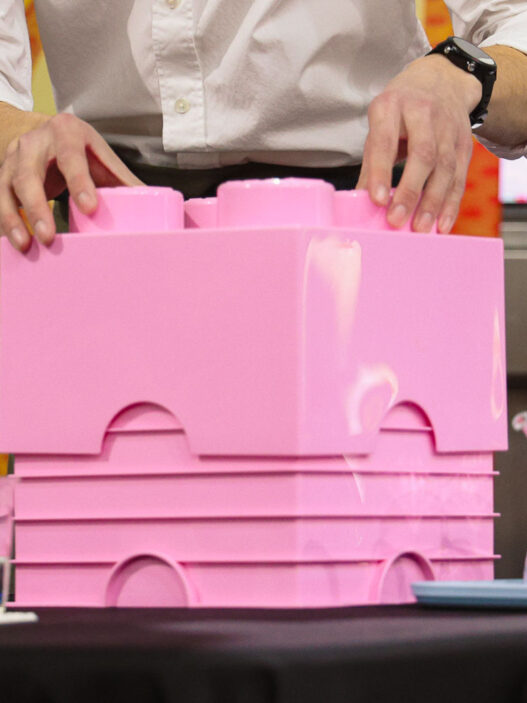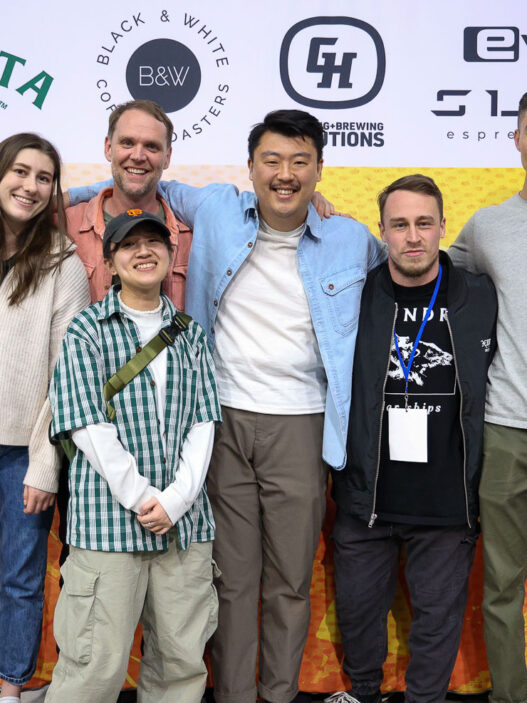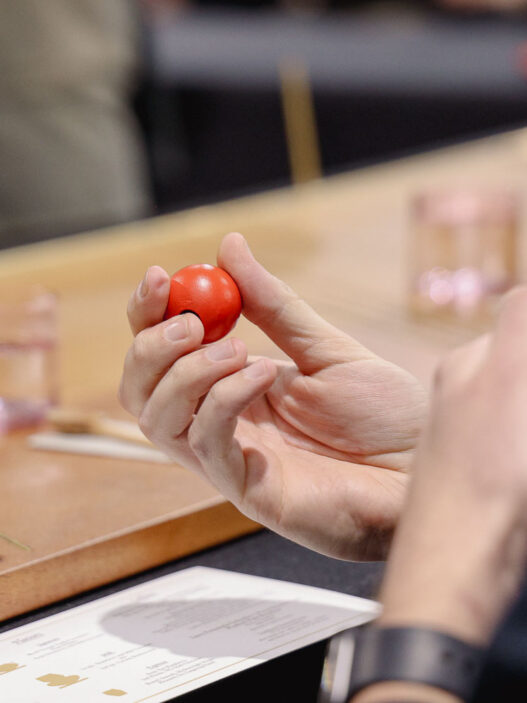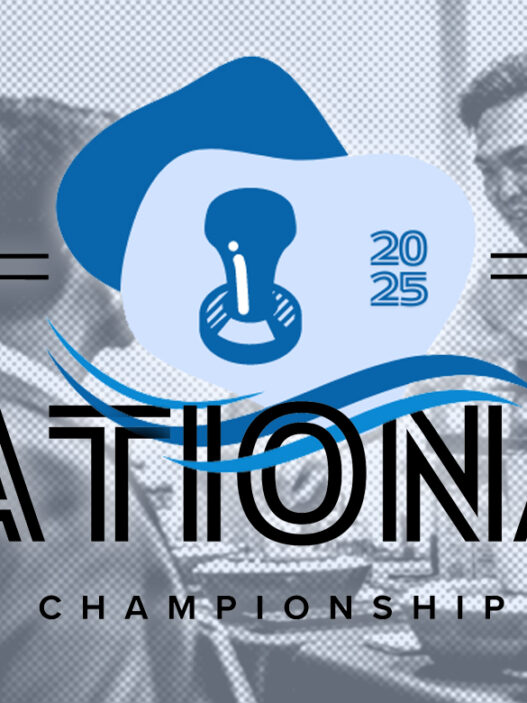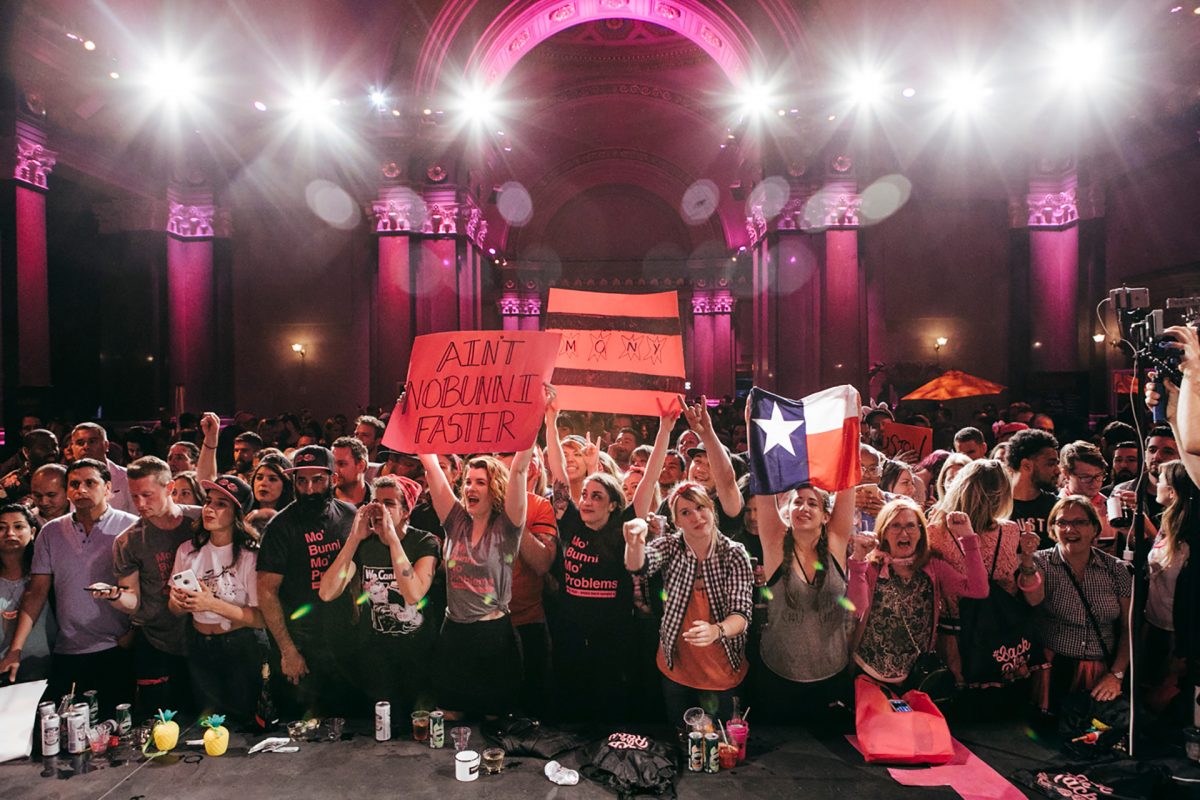
Imagine the best version of a competition. Imagine the greatest talents in the world brimming with support for one another, even after they have been knocked out. Imagine the attendees are raucous and enthralled, chanting, cheering, and wincing with each success and misstep. Imagine dozens of eager sponsors donating their time, money, and a deluge of adult beverages. Oh, and all proceeds go to breast cancer research.
Now stop imagining, because this competition is already real. Itʼs called Speed Rack, a self-described “national cocktail competition featuring top female bartenders in key markets.” No, itʼs not a coffee event—there’s no event quite like this in the coffee world. At least not yet. But amidst some recent stirrings of discontent concerning the state of coffee competitions, I thought it might be instructive to take a peek at another industry. And so, in search of this magical mixture of aid and accolades, I set out to New York City to attend the National Speed Rack Finals.
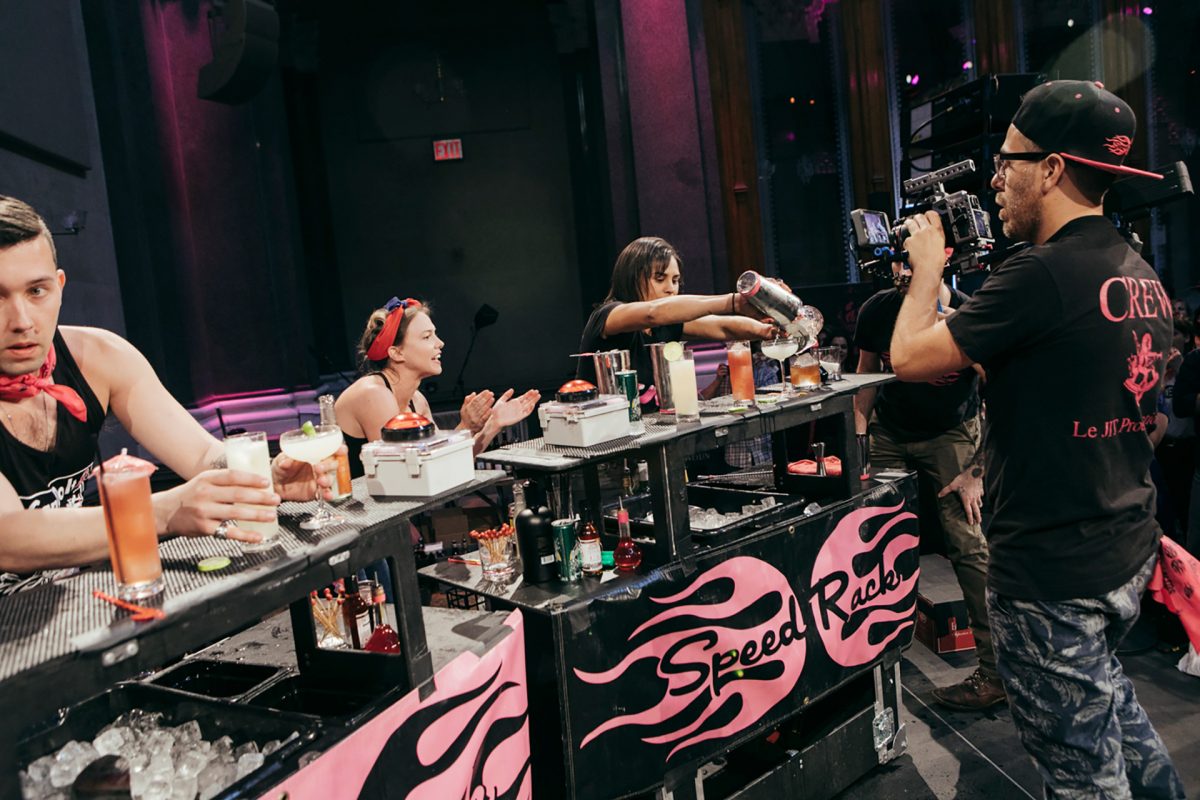
Speed Rack which was founded in 2011 by bar luminaries Ivy Mix (co-owner of Brooklyn’s Leyenda and 2015 American Bartender of the Year) and Lynnette Marrero (cocktail consultant and founder of New York’s Ladies United for the Preservation of Endangered Cocktails). Their explicit goal is to “shine a spotlight on female mixologists” in a largely male-dominated industry, while at the same time raising money towards the cause of breast cancer research, prevention, and education. The competition does so by pitting top female bartenders from across the United States against each other in a variety of challenges, some timed, some judged. These events are a growing phenomenon in the cocktail world, a globally lauded showcase that sells out on tickets and sponsorships, moving into increasingly larger venues and attracting partnerships from global brands like Jameson and Campari.
This year’s event took place in Williamsburg, Brooklyn, at a majestic converted bank turned into an event space called The Weylin. I arrived hours before the event but the place was already abuzz. Competitors were on stage, sponsors were frantically setting up booths and everything was pink. For guidance, I turned to the nearest intelligent looking person who was, it turns out, Stephanie Blair, portfolio manager for Fratelli Branca (makers of your favorite Fernet). I asked her what was happening and she informed me that the competition was underway as the “regional winners were in prelims.” Speed Rack, like the US Coffee Championships, begins each season with a series of regional events. But unlike coffee championships in the United States and elsewhere, Speed Rack hopefuls must also first pass through a selective application process, which Stephanie explained as “basically a series of essays.” From this pool of applicants, the top 20 or so competitors are selected to compete in each market, including Denver, Boston, Houston, Atlanta, San Francisco, Seattle, New York, and Chicago.
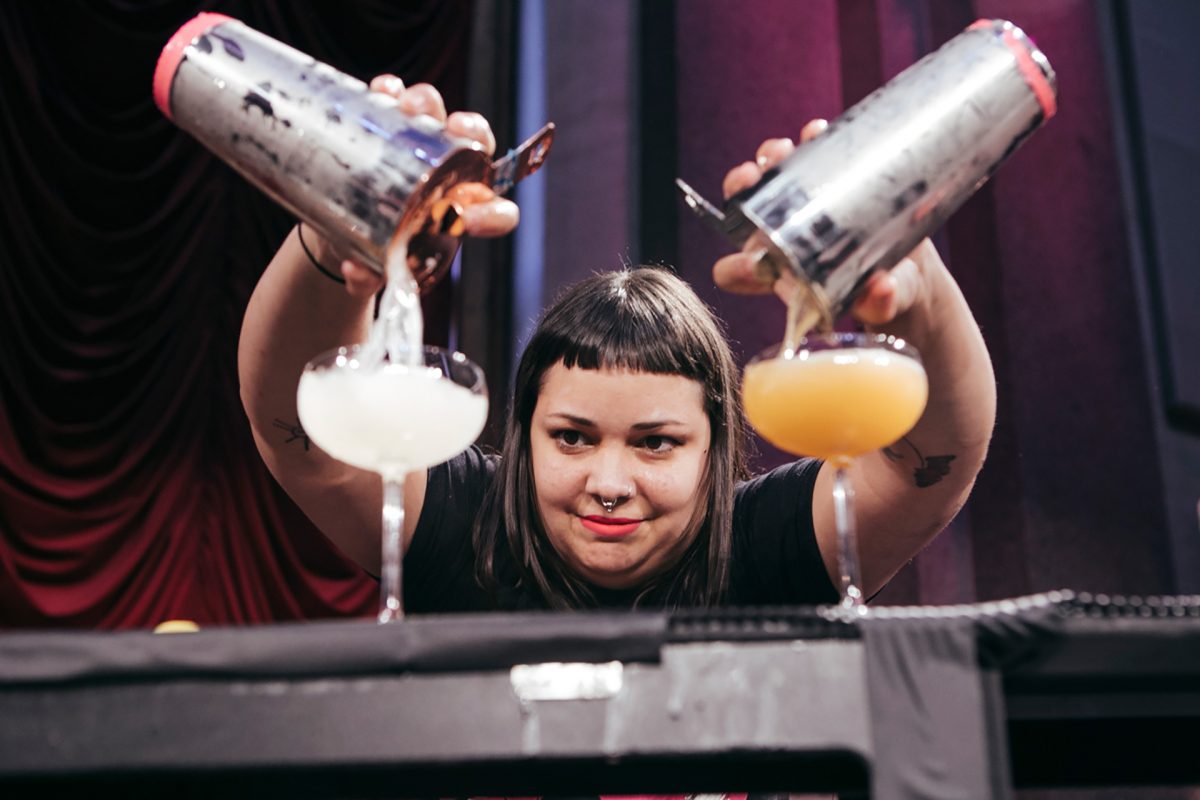
The competition involves two rounds. Before the preliminary round, Blair tells me, competitors are granted a list of cocktails from which the judges choose four. The trick is that competitors are then asked to make all four cocktails on stage, as fast as they possibly can. Competitors are only given one minute to set up their station, a detail that demands flexibility and adaptability for competitors. “You prep yourself for every combination of four,” Blair tells me, “because you donʼt know which ones youʼre going to have to make.” The cocktails are judged not only on time but on technique and taste with seconds tacked on for each mistake. Astoundingly, and despite fastidious scrutiny, times in this portion of the competition commonly clock in at under two minutes.
The eight bartenders with the fastest times compete in a head-to-head bracket-style showdown, judged by “some of the top cocktail writers, bartenders, bar owners, and brand people in the world,” as per Stephanie Blair. In each battle, four judges individually select a drink from a predetermined list of 100 cocktails. Each bartender makes their best versions of the four drinks as fast as they can and the judges compare each set, adding points for missed ingredients, wrong garnishes, sloppy technique or lack of balance.
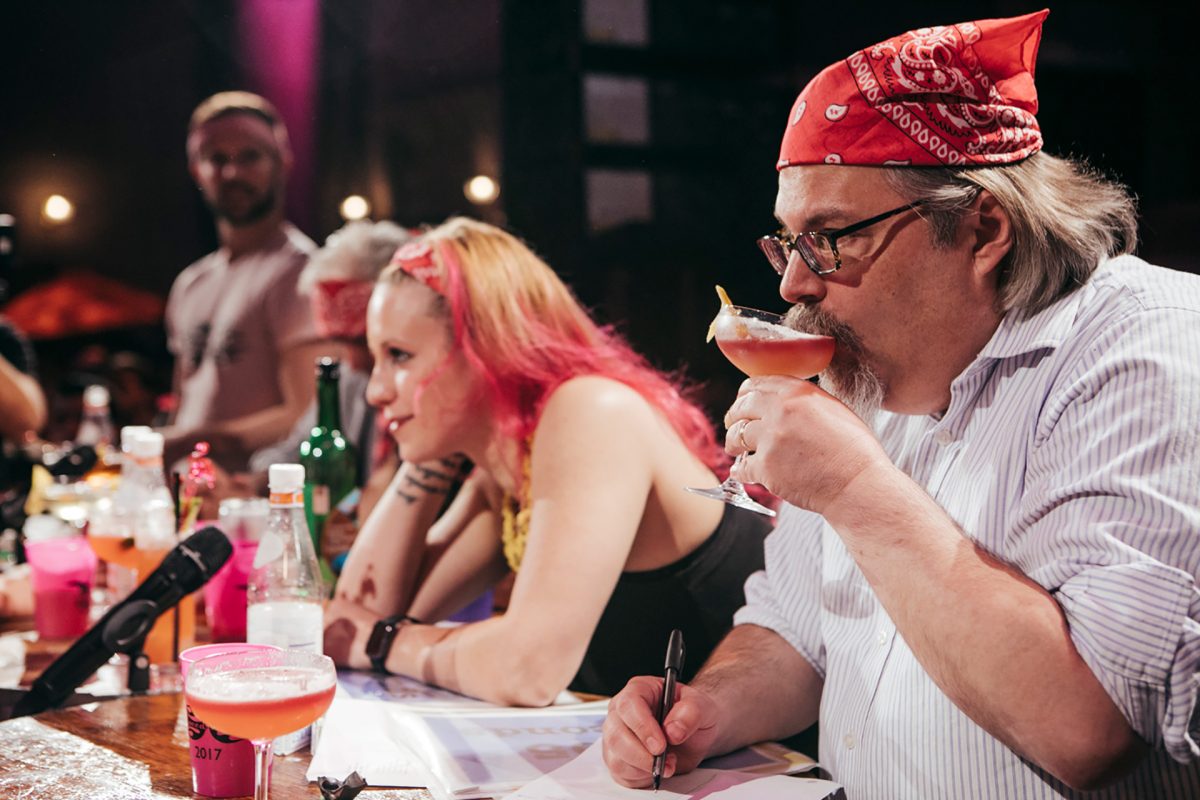
As prelims ended, the competitors huddled in a room to discover who had the fastest times and would be competing on stage during the event. As the bracket was announced, the competitors emerged with a fury of feeling, at once congratulating the winners and consoling the eliminated with a tangled embrace of hugs and hurrahs. I actually couldnʼt tell who had made it through because everyone seemed elated for each other. I asked Stephanie Blair about this phenomenon, and she confirmed it. “Everybody is here to support each other,” she told me. “Thatʼs one of the cool things about this competition, [it is] more about camaraderie, teamwork, and coming together and lifting everybody up.”
At this point, the doors were open and hundreds of pink-clad people were pouring through them, mingling and enjoying drinks from sponsorsʼ booths. I went out to the courtyard where I found Aaron Owens, Director of Coffee for Tobyʼs Estate Brooklyn, US Brewerʼs Cup competitor and first time Speed Rack attendee. When I asked what drew him to the event, he explained, “I want to support breast cancer awareness, support female inclusion in an industry that is male-dominated, and also have drinks and have a good time. That is the most win-win.” I wondered if he thought other coffee professionals could get something out of Speed Rack and he was unequivocal. “The more involved coffee professionals can be in events like this, the more we can grow,” Owens told me. “This format gives a platform to fight against biases…and basically, we need this in coffee.”
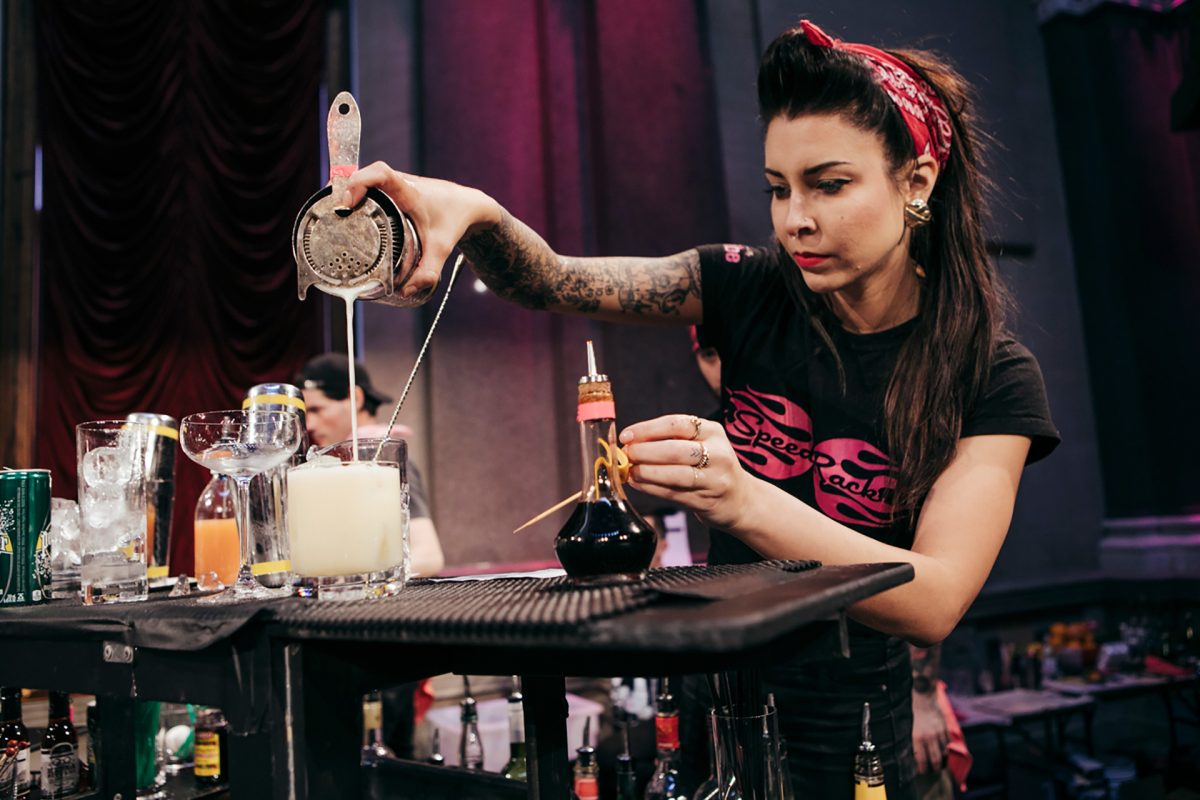
I asked him why and he thought about it for a second. “I have had a lot of advantages,” he reflected, “because of the color of my skin and my gender. That is the uncomfortable reality but it is the reality of the industry. A lot of exceptional people donʼt have the opportunities because of biases that exists.” I agree, and can certainly relate, so I asked Owens if, in his opinion, there was something the coffee world could do about it.
His suggestion? “What if we have a competition that is promoted in the same way as barista competition and exclusive to people who donʼt typically get represented in competition? That could help.”
I reflected on this for a minute. Why donʼt we have a competition like this in coffee? Coffee pros are so good at uplifting guests on a daily basis, but why are we underserving some of our own? In an industry where social capital is everything, the visibility that competition affords can lead to real career benefits. Aaron Owens noted that in barista competitions, most of the people look like me and him (i.e. white, male) despite the industry as a whole being more diverse. Competitions like Speed Rack provide visibility to an extremely talented, previously underrepresented population of the industry. It raises money for laudable charities and serves as a rallying point for community engagement, promotional opportunities, networking and solid hangs.
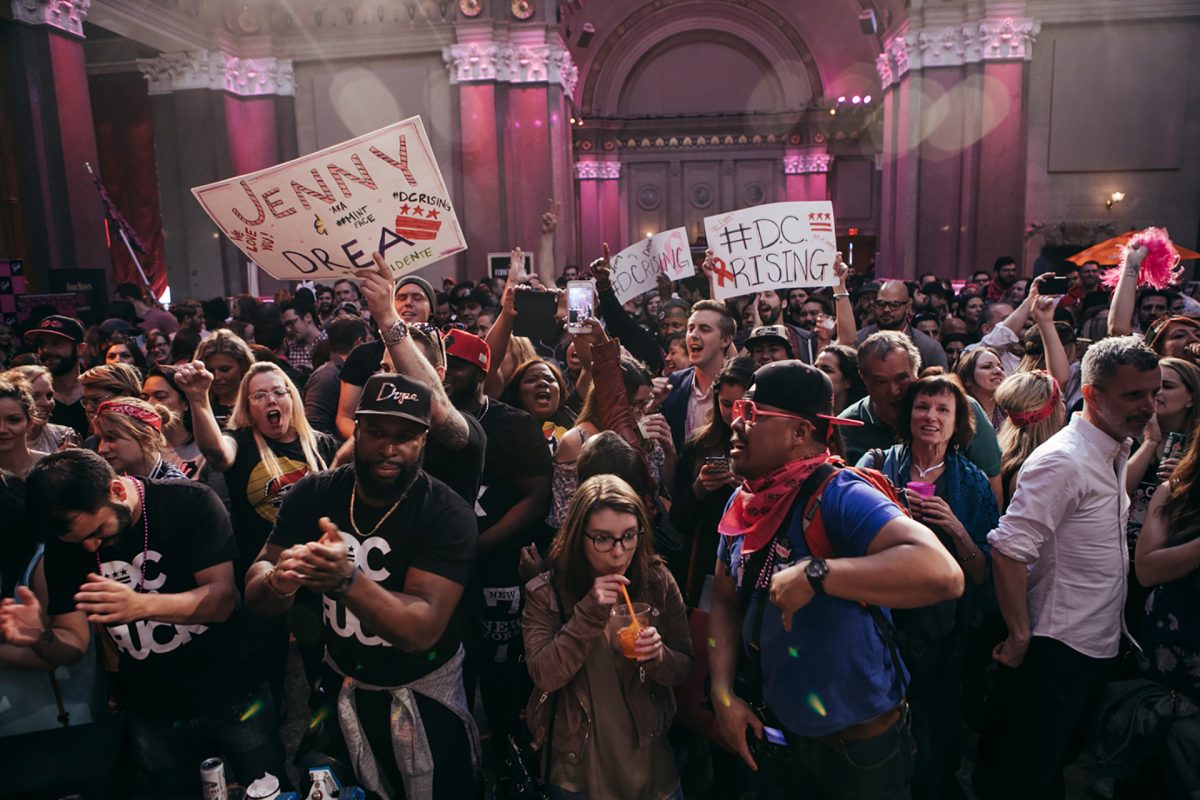
What would it take to make this happen for coffee? Who funds it? Who organizes it?
I had so many questions. I was, indeed, starting to get stoked at the possibility of what something like this could be for coffee. But here in Brooklyn, the finals were about to begin, so I broke away from the conversation and headed to the stage. When I arrived the room was knotted in anticipation. Speed Rack’s founders took the stage to hype the room, introduce the judges (including noted cocktail historian David Wondrich and Roxanne Spruance, chef/owner at Kingsley) and congratulate everyone—not just the finalists, but each of the bartenders who had competed that day. As the room exploded in adulation, the emcee took the stage. The judges informed the competitors of their cocktail choices and the first head-to-head battle commenced with a countdown. 3…2…1…
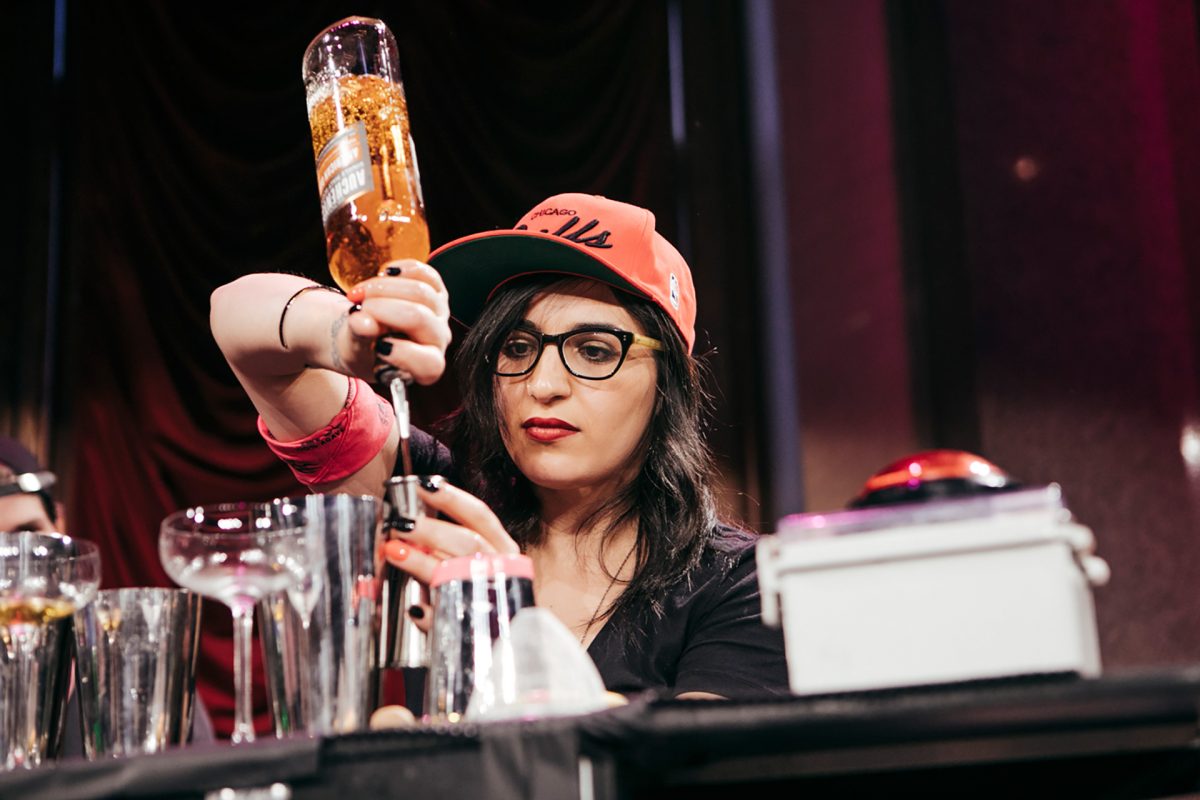
Friends: As a certified sports nerd, I can say, without hesitation, that Speed Rack is one of the most engaging spectator sports I have ever watched. I can only attempt to describe the maelstrom of mixing that formed the next two minutes. Bottles were flipping, ice was flying, used tools were cast asunder. I think one bartender grew an extra set of arms. And all this with the utmost precision and nary a spill. Straws inserted, garnishes expertly placed, the first bartender finished and slammed down the timer button, raising her hands to the sky. The crowd lost its collective mind. In the next moment, the second bartender hit the button and the two joyously congratulated each other as their drinks were evaluated. The judges took to the mic to deliver the verdict, agreeing that the cocktails were world class. With 10 seconds added to one unbalanced drink and five more for sloppy technique, the winner was only decided by a four-second difference. Once again, the crowd flew into a frenzy.
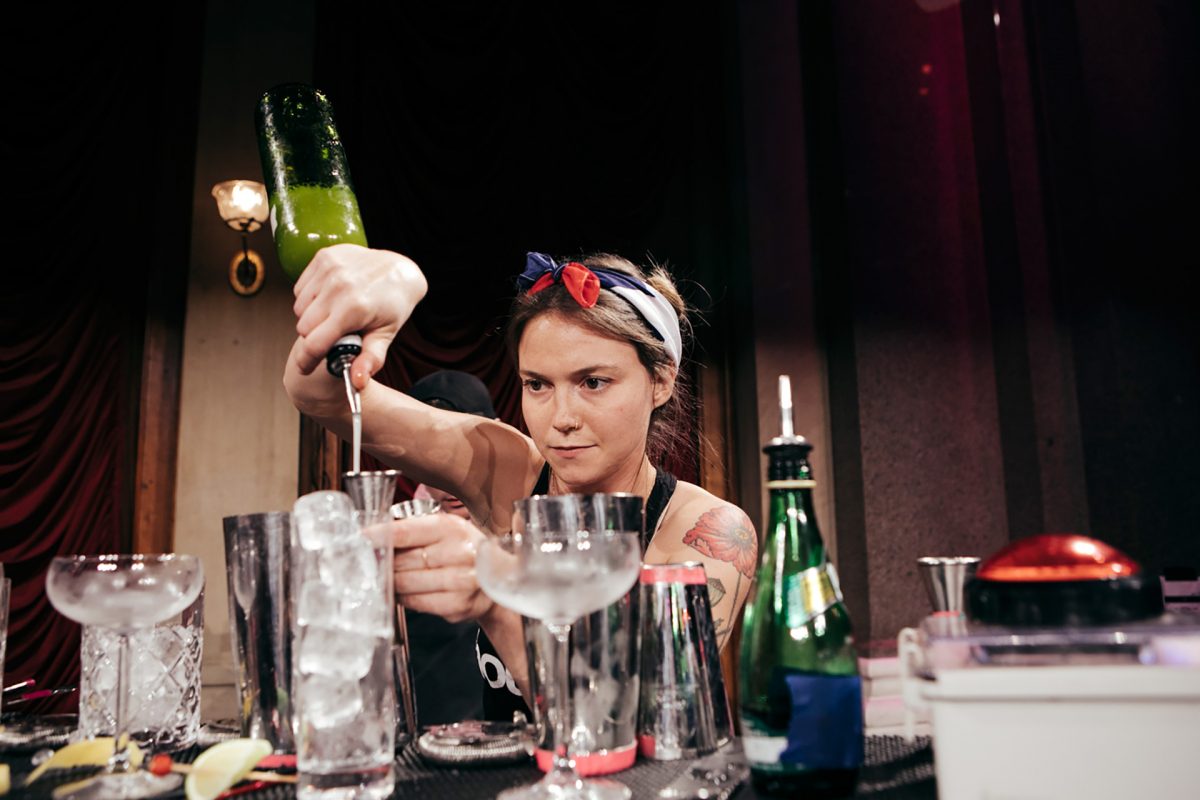
I stumbled back, mesmerized and questioning how my heart could take six more rounds of this. I walked back outside for a breather. This time I bumped into Felicia Chin-Braxton, floor manager at the newly-opened charity bar, Coup. Chin-Braxton has volunteered or attended the last five seasons of Speed Rack for a simple, if devastating reason. “I have a lot of people close to me that have suffered from breast cancer, so itʼs an important cause to me,” she shared. “Iʼm also African-American and itʼs the number one cause of death for us.” When I asked if the party did a good job raising support, she corrected me: “Itʼs not just a party, this is a cause. The competition part of it is just the fun part of it; thatʼs what keeps it interesting. You come out to support your person or your bar or your brand but theyʼre all doing something good.”
I found out later that this “good” isnʼt just congratulatory lip-service: to date, Speed Rack has raised over $600,000 for breast cancer research. In addition to the competition and fundraiser, Chin-Braxton shared more with me about how Speed Rack stands for support and inclusion. “Weʼre looking out for humans in general,” she insisted. “It does not matter if you are black, white, male, female, transgender, transexual, we support you. This entity embodies that.” Even the social gatherings at the event work toward inclusivity, something that’s incredibly important at this moment right now in the cocktail world. “The bartending world has always been male-dominated,” Chin-Braxton said, “and to feel supported by all people in our community, I mean thereʼs probably just as many men attending as women, that’s huge for us, I feel supported and Iʼm not even competing.”
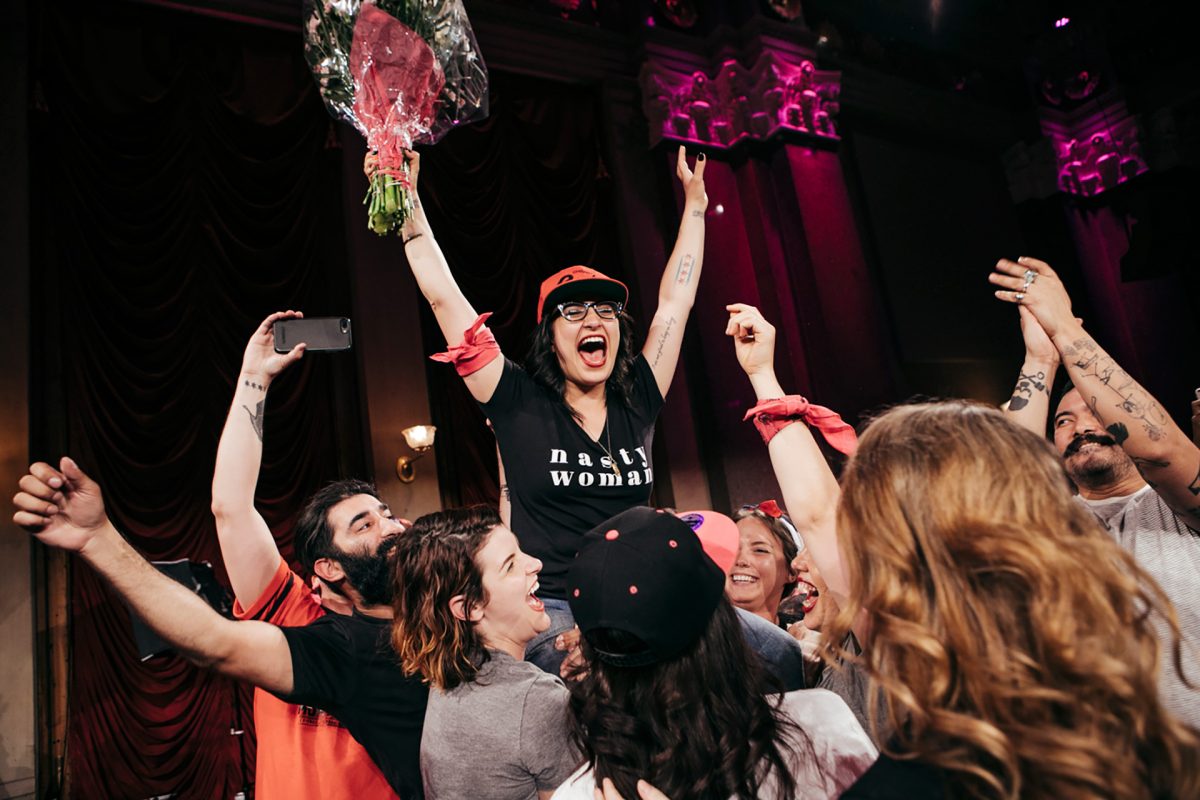
The rest of the night was a blur of brackets and beverages. I felt like Eric J. Grimm feeling like Liz Clayton. As the judges evaluated the final drinks, Lynnette Marrero and Ivy Mix invited all the eliminated competitors to join the two finalists on stage. Instead of a somber moment full of tension, interactions were all love and levity. The DJ blasted “Despacito” as former foes beamed ear to ear and danced together. At the end of it all, Chicagoʼs Mony Bunni (of Boleo in the Kimpton Gray Hotel) emerged as the winner, in a moment that felt more like a collective achievement. We had come together, elevated people who deserved it, raised money, and had a damn good time doing it. Comparing this to the world of coffee competition where there is one winner and a lot of disappointed people, it feels like we could use a little of this magic. We just have to aim for it.
Brandon Paul Weaver is a cocktail and coffee professional based in Seattle, Washington. This is Brandon Paul Weaver’s first feature for Sprudge Media Network.
Photos courtesy of Shannon Sturgis.






